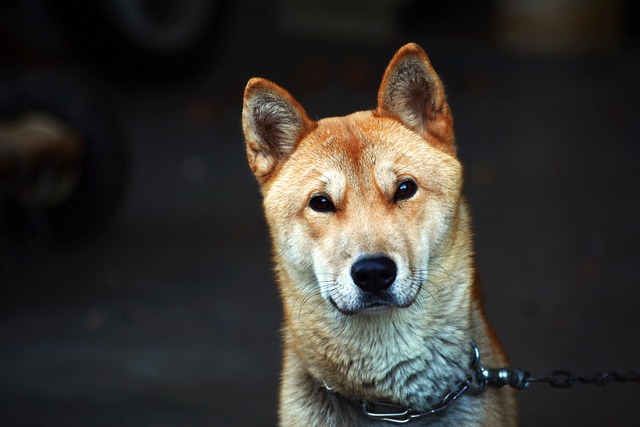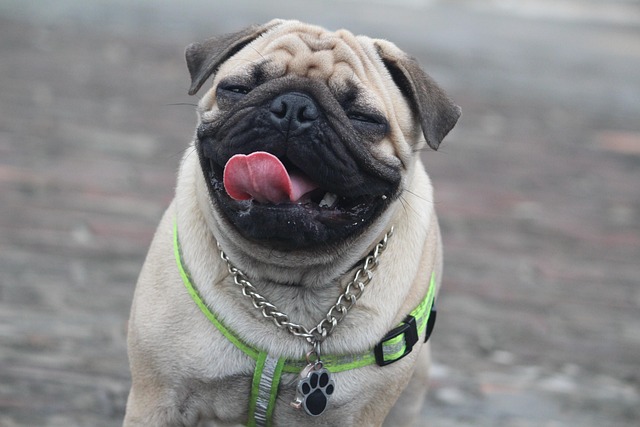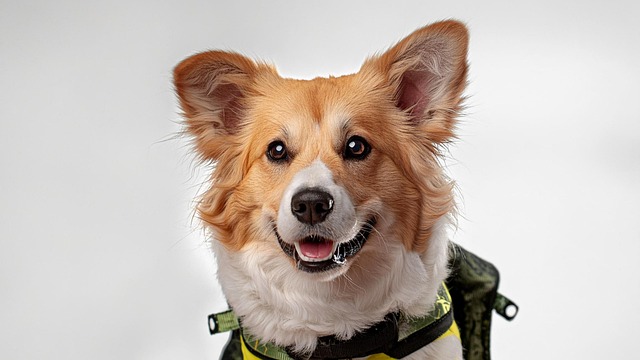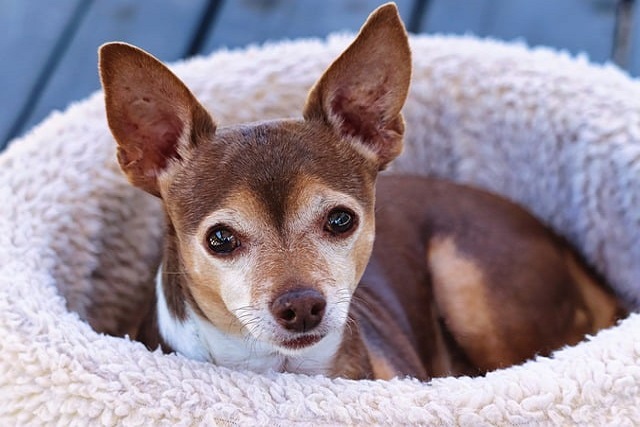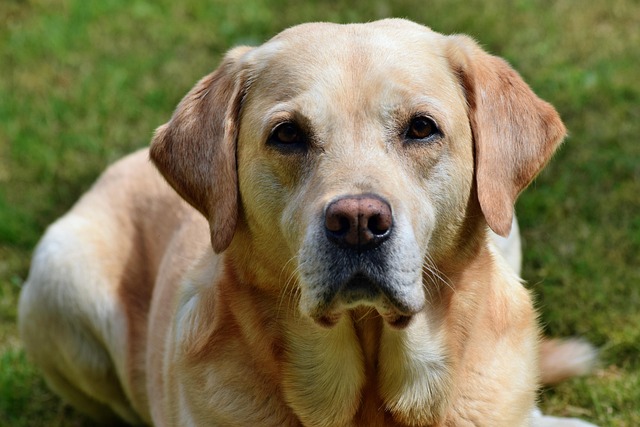How can I train my dog to not run away? It’s a question that makes new owners’ hearts race—especially after that first time their pup darts toward a squirrel, leash slipping from their hand. Last month, my neighbor in Texas chased her Beagle three blocks before he stopped, panting, to sniff a fire hydrant. “I thought he loved me,” she said, voice shaky. Let’s turn that panic into a plan—no scolding, just strategy.
Dogs run for three reasons: curiosity (“What’s that smell?”), fear (“That truck is loud!”), or to get your attention. Their brains don’t understand “bad dog”—they think, “If I run, they chase me, which is a game!” Vets in Colorado call this “the chase cycle”: yelling or running after them makes it more fun, so they run faster. Breeds like Huskies or Beagles, built to hunt or explore, are extra prone—their instincts scream “follow that scent!” My cousin’s Border Collie, who once bolted after a rabbit in Arizona, learned to stay only when “come” meant a piece of steak, not a scold. Positive reinforcement works because dogs want to please when good things happen.
Start small: Train recall in a fenced yard or quiet apartment hallway first. Say “Come!” in a happy voice (no yelling—sounds scary) and wiggle a high-value treat (rotisserie chicken, not kibble). When they reach you, reward immediately and pet them like it’s a party. Do this 10 times a day, 1 minute each—short bursts stick better. Once they nail it indoors, try a long leash (15 feet) in a park with mild distractions (like a slow-walking jogger). If they start to bolt, gently guide them back with the leash, then reward when they focus on you. A friend in Seattle uses this with her Golden Retriever; now he turns back at the first “come,” even with kids laughing nearby.
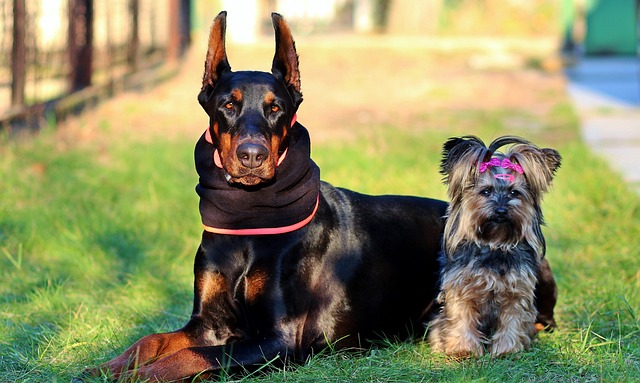
Let’s cover the “musts” of responsible training. First, keep vaccines current—rabies shots are legally required in all 50 states, and if your dog runs off, an unvaccinated pup is at risk. When out, always carry poop bags—I saw someone in Portland fined $150 last month for skipping this, and it’s just respectful. Remember, if your dog runs and you catch them, never scold. They’ll associate “coming back” with getting yelled at, so they’ll run farther next time. Instead, act like it’s the best thing ever: “You’re here! Want a treat?!” Trainers in Florida swear by this—my neighbor’s Beagle now trots back, tail wagging, when she calls.
Community living means being considerate. Never let your dog off-leash in non-designated areas (like NYC sidewalks)—even “well-trained” pups can bolt for a cat. If you practice in an apartment courtyard, warn neighbors with kids—no one wants a sudden dog dash near toddlers. Clean up any treat crumbs; ants in Chicago hallways aren’t fun for anyone. And if your dog does run, stay calm—panic makes you slower. A guy in Denver once tripped chasing his Pug, and the pup stopped to check on him. Sometimes, staying chill works best.
So, training a dog not to run away is about making “staying” more rewarding than “running.” With treats, patience, and a happy voice, your pup will learn that the best adventures are right by your side.
